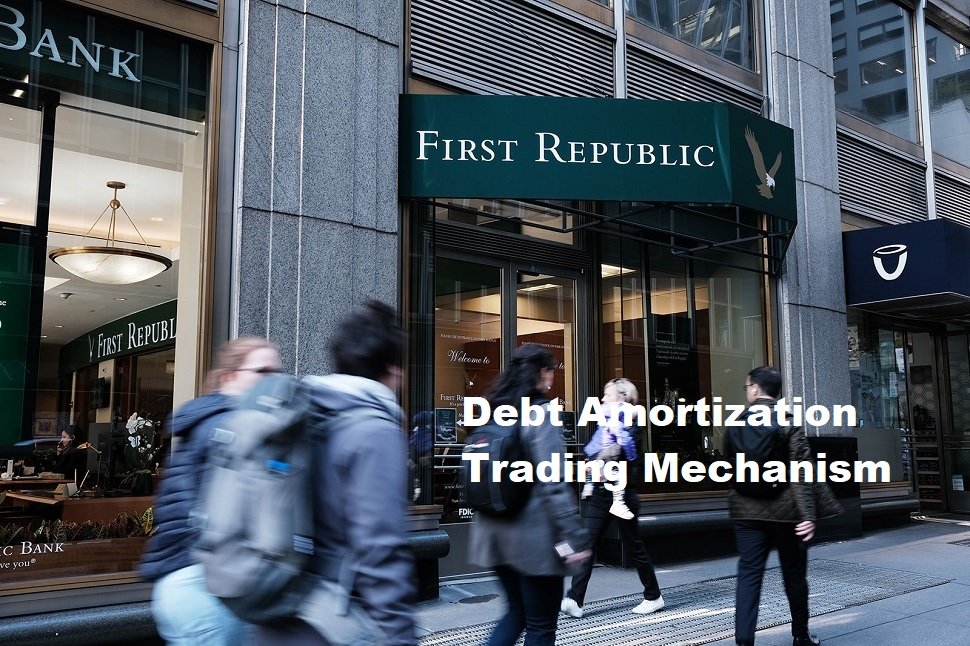Understanding Convexity Effect
Convexity Effect plays a crucial role in portfolio management, especially when dealing with bond investments. In general, the Convexity Effect describes how changes in interest rates affect bond prices more than can be explained by duration alone. Convexity measures the rate of change in duration as a bond’s yield to maturity (YTM) changes, providing a more accurate measure of price sensitivity to changes in interest rates. Elaborating further, the concept of convexity is the nature of the bond price/yield curve which tends to be curved or ‘convex’ for investors. When interest rates fall, bond prices rise, but the increase in price is not linear. The price increase will be sharper for bonds with higher convexity compared to bonds with lower convexity. Thus, when interest rates fluctuate, bonds with high convexity tend to experience more dramatic price changes compared to bonds with higher duration.
Bonds that have high convexity are considered more attractive assets because they offer additional protection against rising interest rates and the potential to maximize profits when interest rates fall. Convexity calculations are an important component for investors to estimate the response of bond prices to various future interest rate scenarios and assist in making investment decisions. On the other hand, there is a cost associated with wanting to own a bond with high convexity, which is often a price premium over the security against changes in interest rates. This value is directly correlated with market liquidity and future inflation expectations. Therefore, it is important for investors to weigh the potential benefits of convexity protection against the additional costs incurred in having such assets in their investment portfolio.
The Importance of Convexity Effects in Investment
Convexity is an important concept in the world of investing, especially when talking about instruments with fixed cash flows such as bonds. This factor is important because it serves as a measure for investors to assess the sensitivity of bond prices to changes in interest rates. High convexity in bonds indicates that the bond price will experience greater changes compared to bonds that have low convexity, when interest rates change. Therefore, investors consider convexity to achieve higher potential profits when market conditions change. Apart from potential profits, convexity also plays a major role in managing investment risk. When interest rates rise or fall, the market value of bonds can fluctuate significantly. Therefore, having a portfolio with the right level of convexity can help investors reduce the market value risk of their investments. For example, in conditions where interest rates are expected to rise, investors may want to place funds in instruments with lower convexity to reduce the negative impact on bond prices.
See also: Try Forex indicators on MT4 with 3500 No Deposit Bonus now!
The relationship between convexity and risk management becomes increasingly important in volatile market conditions. By understanding and measuring convexity, investors can design hedging strategies to maximize returns while keeping risk exposure under control. This strategy is important because it provides flexibility and security to the investment portfolio. Smart investors use information about convexity to make more accurate projections about how their positions will react to market dynamics. In the end, applying the convexity concept in investment is not only about maximizing profits but also about creating a balance between return and risk. Market participants must have a good understanding of how this measuring tool works in order to respond appropriately to interest rate movements. With this knowledge, they can make strategic decisions and be more innovative in building their investment portfolio and survive in all market conditions.
Convexity Calculation and Analysis
To calculate convexity, we start with a basic formula where the present value of each cash flow is divided by (1 + y)^t, where y is the yield to maturity and t is the time until the coupon payment date. The value is then multiplied by the payment time squared minus the payment time, and added up for all payments. The result is then divided by the product of the bond market price times (1+y)^2 and multiplied by 1/2. This provides a more accurate measure of a bond’s price sensitivity to changes in interest rates than duration alone.
Analyzing convexity is important in bond selection because it provides an overview of interest rate risk and potential price performance. Bonds with higher convexity are generally less sensitive to interest rate fluctuations, meaning less volatility in price and greater potential for profits when interest rates decline. Conversely, bonds with low convexity can be riskier because they are more likely to lose value when interest rates rise.
From an investor’s perspective, understanding convexity allows for more informed decisions regarding portfolio structure. By comparing the convexity of various bonds, investors can determine the ideal combination to achieve their investment goals, whether they are seeking stable cash flow or pursuing short-term capital gains. In other words, this analysis helps maintain a balance between risk and return in fluctuating market conditions.
Finally, it is also important to consider that although convexity can provide important information about a bond’s risk level, it is not the only factor to consider. Other factors such as creditor’s rating, bond maturity, and overall economic conditions must also be looked at to make a comprehensive assessment of a bond investment. Therefore, convexity analysis should be integrated within a larger evaluation framework to gain an in-depth understanding of the investment’s potential.
Example of Application of Convexity Effect in Financial Markets
A real case study of the application of the convexity effect can be found in investment strategies during the period of interest rate cuts by the United States Federal Reserve in the early 2000s. Investors who hold bonds with a high duration are able to see greater price increases than those who hold bonds with a shorter duration. Investors use convexity measurements to optimize their bond portfolios by adjusting their duration to match their view of the direction of changes in interest rates. For example, if an investor anticipates a decrease in interest rates, they will tend to look for bonds with high convexity because these will provide greater price appreciation than bonds with low convexity. This effect is the result of a mathematical formulation which shows that for every change in interest rates, the change in bond prices is not linear but curved.
One concrete example of the use of convexity in making investment decisions is when BlackRock, one of the world’s leading investment managers, uses convexity-based strategies to manage risk and obtain returns during periods of financial market volatility. By using sophisticated mathematical models, BlackRock is able to balance yield and duration, and maximize convexity to achieve maximum profits. This strategy helps their clients to get above average returns with measurable risks.
In conclusion, the convexity effect has a vital role in making investment decisions in financial markets. Professional investors and portfolio managers use this concept to assess the sensitivity of bond prices to changes in interest rates and make strategic adjustments in their portfolios. The case study above is just one of many examples of the practical application of the convexity effect in the world of finance. A deep understanding of this concept can help investors take advantage of market conditions and navigate the risks that influence bond price movements. So, with this knowledge, they can be more precise in taking profitable positions and managing portfolio risks more effectively. Convexity provides a more holistic perspective than duration alone because it takes into account changes in the shape of the yield curve. Thus, investors who integrate convexity analysis into their investment decision-making process often have an advantage in the market over those who do not.









